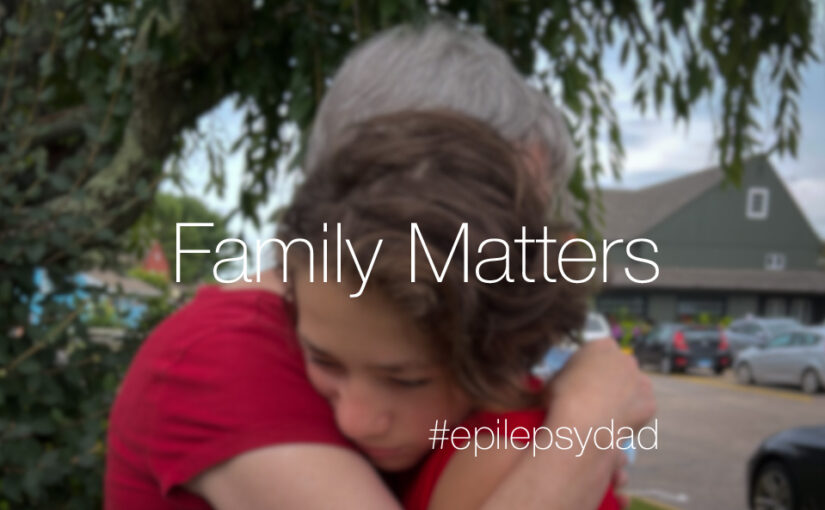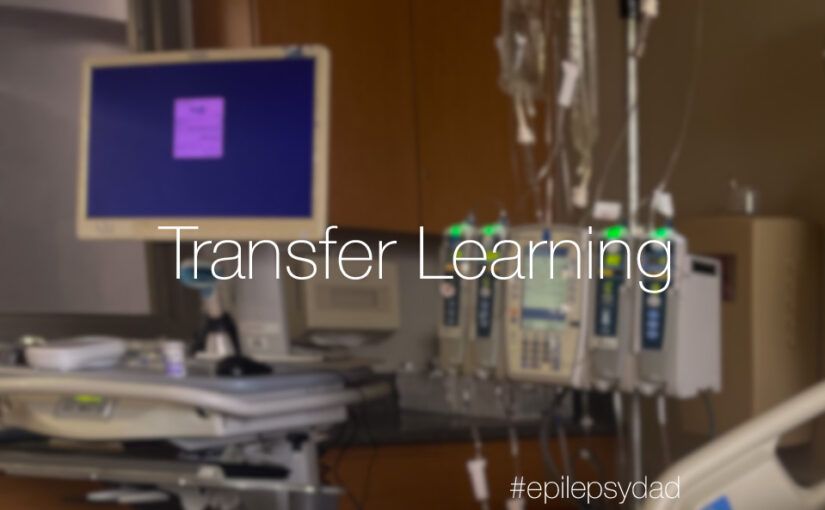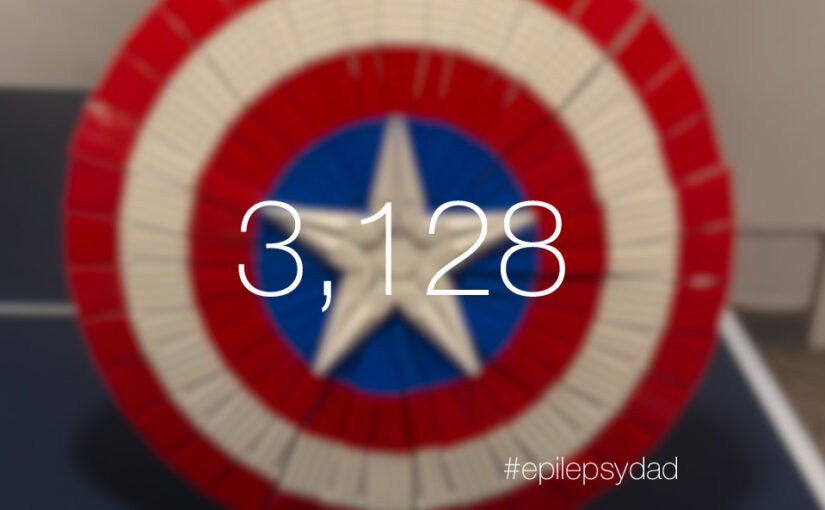When my son first started having seizures, we had just moved to Philadelphia. We were in a new city with no family and no support system in place. We navigated the fear of losing our son by ourselves.
My parents were elderly living in Florida. There wasn’t much they could do. My wife’s mother was running a business in Colorado. We told our parents that there was nothing they could do partially because we didn’t know what anyone could do, and partly to free them from the burden of responsibility.
Along the way, we were supported by our children’s hospital, and the doctors, nurses, therapists, and other caregivers. We hired nannies to help with caring for our son at home. But these were either health care professionals or people we had to seek out and pay for. That made our support system transactional and expensive, and left us still feeling isolated and alone.
A few years ago, my parents moved to Pennsylvania. It was nice to have them closer, and we were able to occasionally leave our son with them for a night so that we could go on late date nights or spend a night away. My father doesn’t drive anymore, but my mother could also pick up our son from school if we got stuck. And while we desperately needed help when my son’s health was at its worst, it was still nice to have the help now.
Around the time when my parents moved, we also reconnected with my family in Connecticut. During the pandemic when we made our excursions to Maine, we would stop to visit them. My cousin started coming down occasionally, too, to spend time my with parents. When my parents moved into the assisted living facility, our cousin would stay with us and it was awesome.
This spring, my mother had a stroke. I learned about it when I grabbed my phone lying in bed next to my son after he had the biggest seizure he has had in years. It was a rescue medication type of seizure, followed by messages from the nursing facility and my father about my mother.
My wife and I switched into caretaker mode and made a plan. She would stay with my son and I would attend to my mother and check in on my father. I quickly got dressed and headed to the hospital.
When I got to the hospital, my mother was in poor condition, but she was stable in the intensive care unit. Once I got the report from the nurse, I texted the family. That was mid-morning, and by early afternoon, my cousin and an uncle had made plans to come to Pennsylvania.
For as familiar as navigating a hospital in response to a crisis was, it was a different experience knowing that help and support was coming. That feeling of having someone show up for you is one that I’m only used to with my wife, who constantly has my back. Having family here meant that we could also focus on my son without worrying about my mother, and also mix in time with my father and time to rest, which we are not typically able to do when these crises occur.
What could have put an overwhelming amount of stress on my wife and I turned out to be manageable thanks to the support of our family.
I’m happy to report that my mother continued to recover and went home the following weekend, and my son took a few days off but was able to go back to school and even play baseball that weekend.


